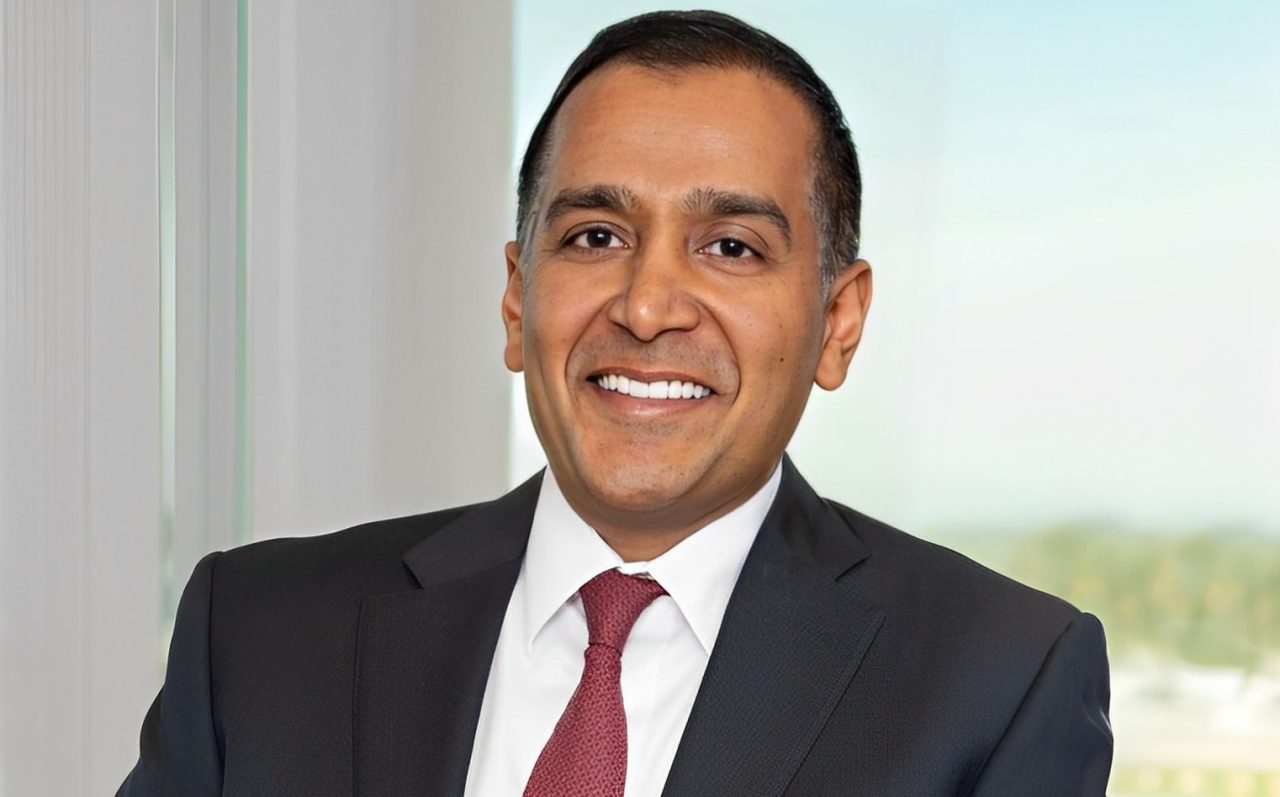
The job of leaders is to create an environment in which passive aggression in minimized – Sachin H. Jain
Early in my career, I once had an admired senior colleague tell me that he “earned a PhD in passive aggression” as he was leaving a company at which we both worked.
I was amused at his colorful language—but knowingly shrugged at his accurate summation of the company’s culture.
Passive aggression is the category of behavior people hate most at work.
But it is also one of the most common types of behavior.
What is passive aggression?
There are many definitions.
Mine:
The act of subtly sabotaging a process or a person by engaging in indirect behaviors.
These behaviors usually have an element of plausibility deniability through which an individual can claim that the observer of the behaviors misinterpreted their actions—a.k.a. gaslighting.
As such, passive aggression is often difficult to identify and even more difficult to address.
What are some examples of passive aggression?
-quietly excluding someone from a meeting or process in which they should reasonably be involved
-not responding to a request in a timely or urgent manner so as to detrail progress
-publicly expressing support for something and then privately expressing an alternate, oppositional, undermining viewpoint
Passive aggression usually implies some kind of gap between what someone feels comfortable expressing—and their belief system.
Charitably, passive aggression is adaptive in environments in which people do not feel safe expressing their true beliefs more directly.
Nefariously, passive aggression is the set of tactics used by inauthentic individuals seeking to non-obviously shape an outcome to meet their own ends.
Regardless of the underlying intent—the psychological impact of passive aggressive behaviors is profound on the workplace as people are often unsteadied by the cognitive dissonance that passive aggression often creates.
It’s one of the reasons the job of leaders is to create an environment in which passive aggression in minimized.
How can leaders create a culture in which passive aggression in minimized?
-Insisting that people who dissent have an obligation to express that dissent
-Agreeing that there will be no meeting after the meeting to discuss what we “really” think
-Creating clear expectations on transparent communication
Even still, it’s a tough nut to crack as passive aggressive behaviors often aren’t just behaviors—but are more ingrained and characterologic.
How has a passive aggressive culture affected you?
What are some examples you’ve experienced?
How did you respond?
Source: Sachin H. Jain/LinkedIn
-
Challenging the Status Quo in Colorectal Cancer 2024
December 6-8, 2024
-
ESMO 2024 Congress
September 13-17, 2024
-
ASCO Annual Meeting
May 30 - June 4, 2024
-
Yvonne Award 2024
May 31, 2024
-
OncoThon 2024, Online
Feb. 15, 2024
-
Global Summit on War & Cancer 2023, Online
Dec. 14-16, 2023
